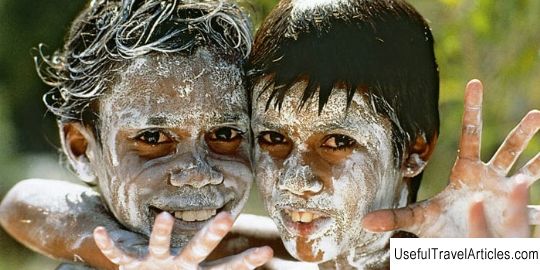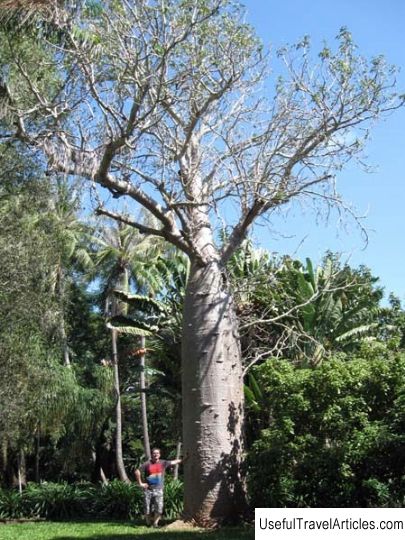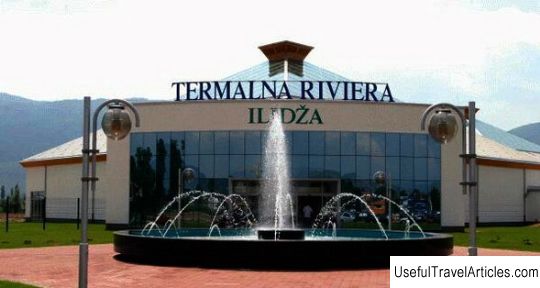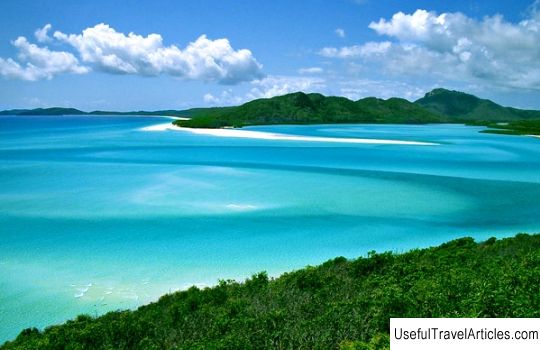Tiwi Islands description and photos - Australia: Darwin

Tiwi Islands description and photos - Australia: Darwin. Detailed information about the attraction. Description, photographs and a map showing the nearest significant objects. The name in English is Tiwi Islands. Photo and descriptionThe Tiwi Islands are located 40 km north of Darwin, where the Arafura Sea meets the Timor Sea. These are two separate islands - Melville and Baturst, with a total area of 8320 km ². Today, the islands are home to about 2,500 people. The islands are separated from each other by the Apsley Strait (62 km in length and from 550 meters to 5 km in width). The largest cities are Wurrumiyanga (until 2010 called Nguyi) on Batarste, Pirlangimpi (also known as Garden Point) and Milikapiti (or Serpentine Cove) on Melville. Most of the inhabitants of the islands are Aboriginal Tiwi, they are very different culturally and linguistically from the aborigines of the nearby mainland Arnhem region. The Tiwi people have lived here for about 7 thousand years. In 1705, the first ships with Europeans arrived at Shark Bay on Melville Island - they were the Dutch. The first European settlement here was Fort Dundas near the present town of Pirlangimpi on Melville Island. Founded in September 1824, the fort lasted only 5 years - until 1829, when it was abandoned, including due to the hostility of the local aborigines. In 1911, a Catholic mission was founded on the islands, and already in 1912 they were declared a reserve for the aborigines. The wooden church, built in the 1930s, is now a landmark of Vurrumiyang. The islands are dominated by a tropical monsoon climate, which, along with geographical isolation, determines the existence of special flora and fauna here. Local eucalyptus forests are the tallest and most massive in northern Australia, and rainforests are unusually dense and extensive. It is home to 38 endangered animal species and several plant and invertebrate species not found anywhere else in the world, such as the earthen snail and some dragonfly species. The Tiwi Islands are the world's largest nesting site for the Berg tern and home to a large population of the vulnerable olive turtle. In 2007, a project began to preserve this sea turtle in its natural habitat. Sharks and saltwater crocodiles are found in the seas surrounding the islands. and several species of plants and invertebrates not found anywhere else in the world, such as the earthen snail and some species of dragonflies. The Tiwi Islands are the world's largest nesting site for the Berg tern and home to a large population of the vulnerable olive turtle. In 2007, a project began to preserve this sea turtle in its natural habitat. Sharks and saltwater crocodiles are found in the seas surrounding the islands. and several species of plants and invertebrates not found anywhere else in the world, such as the earthen snail and some species of dragonflies. The Tiwi Islands are the world's largest nesting site for the Berg tern and home to a large population of the vulnerable olive turtle. In 2007, a project began to preserve this sea turtle in its natural habitat. Sharks and saltwater crocodiles are found in the seas surrounding the islands.     We also recommend reading House-Museum of A. F. Mozhaisky description and photo - Russia - North-West: Vologda Oblast Topic: Tiwi Islands description and photos - Australia: Darwin. |




